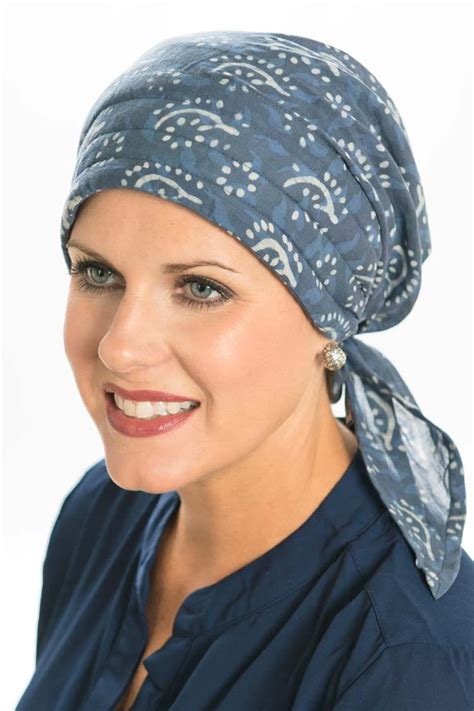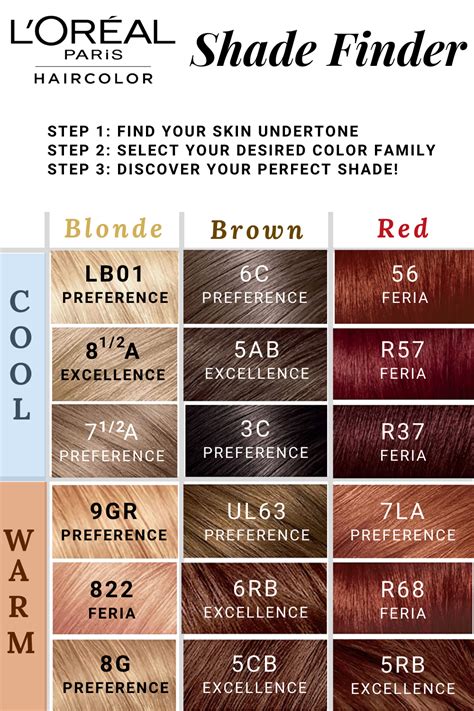Choosing the right hair color can be a daunting task, but it doesn’t have to be. With a little research and consideration, you can find the perfect shade to complement your complexion, skin tone, and personal style.

Factors to Consider When Choosing a Hair Color
Before you head to the salon, there are a few factors you should consider when choosing a hair color:
1. Skin Tone: Your skin tone plays a major role in determining which hair colors will flatter you. Cool skin tones with pink or blue undertones look best with cool hair colors like ash blonde, silver, or platinum. Warm skin tones with yellow or golden undertones look best with warm hair colors like honey blonde, caramel, or copper.
2. Eye Color: Your eye color can also help you narrow down your hair color choices. Brown eyes look great with a wide range of hair colors, from blonde to brunette to black. Blue eyes look especially striking with blonde or silver hair, while green eyes look great with red or copper hair.
3. Personal Style: Ultimately, the best hair color for you is the one that you love and that reflects your personal style. If you prefer a natural look, you may want to choose a color that is close to your natural shade. If you’re feeling adventurous, you may want to experiment with a bolder color like red or purple.
Best Hair Color for Different Skin Tones
- Fair skin: Ash blonde, silver, platinum, light brown, honey blonde
- Medium skin: Honey blonde, caramel, copper, auburn, dark blonde
- Olive skin: Dark blonde, brown, black, copper, auburn
- Dark skin: Black, brown, burgundy, deep red, copper
Tips for Choosing the Right Hair Color
- Consider your undertones. To determine your undertones, look at the veins in your wrist. If they appear blue or purple, you have cool undertones. If they appear green, you have warm undertones.
- Do a strand test. Before you commit to a full-head color change, do a strand test on a small section of hair. This will help you see how the color will look on your hair and how it will interact with your natural color.
- Consult with a professional. If you’re not sure what hair color is right for you, consult with a professional hairstylist. They can help you assess your skin tone, eye color, and personal style and recommend a color that will look great on you.
How to Maintain Your Hair Color
Once you’ve found the perfect hair color, it’s important to take care of it so that it lasts. Here are a few tips on how to maintain your hair color:
- Use color-safe shampoo and conditioner. Color-safe products are designed to cleanse and condition your hair without stripping away your color.
- Avoid washing your hair too often. The more you wash your hair, the faster your color will fade. Aim to wash your hair every 2-3 days, or even less if you can.
- Use a heat protectant spray. Heat can damage your hair and cause your color to fade. Always use a heat protectant spray when you use heat styling tools, such as blow dryers, flat irons, or curling irons.
- Get regular trims. Regular trims will help to remove split ends and keep your hair looking healthy and vibrant.
Benefits of Choosing the Right Hair Color
Choosing the right hair color can have a number of benefits, including:
- Boosts your confidence. When you love your hair color, it shows. You’ll feel more confident and radiant, both inside and out.
- Enhances your features. The right hair color can enhance your natural features, such as your eyes, skin, and bone structure.
- Makes you look younger. A well-chosen hair color can make you look years younger by giving you a more youthful and vibrant appearance.
- Complements your wardrobe. The right hair color can complement your wardrobe and make you look more put-together.
| Skin Tone | Best Hair Colors |
|---|---|
| Fair | Ash blonde, silver, platinum, light brown, honey blonde |
| Medium | Honey blonde, caramel, copper, auburn, dark blonde |
| Olive | Dark blonde, brown, black, copper, auburn |
| Dark | Black, brown, burgundy, deep red, copper |
| Eye Color | Best Hair Colors |
|---|---|
| Brown | Ash blonde, brown, black, copper, auburn |
| Blue | Blonde, silver, platinum |
| Green | Red, copper |
| Tip | Description |
|---|---|
| Use color-safe shampoo and conditioner | Cleanses and conditions your hair without stripping away your color |
| Avoid washing your hair too often | Aim to wash your hair every 2-3 days, or even less if you can |
| Use a heat protectant spray | Protects your hair from heat damage and fading |
| Get regular trims | Removes split ends and keeps your hair looking healthy and vibrant |
| Benefit | Description |
|---|---|
| Boosts your confidence | Makes you feel more confident and radiant |
| Enhances your features | Highlights your eyes, skin, and bone structure |
| Makes you look younger | Gives you a more youthful and vibrant appearance |
| Complements your wardrobe | Makes you look more put-together |
Q: How often should I touch up my hair color?
A: The frequency with which you need to touch up your hair color will depend on the rate at which your hair grows and the amount of fading that occurs. As a general rule of thumb, you should touch up your roots every 4-6 weeks.
Q: Can I change my hair color at home?
A: Yes, you can change your hair color at home, but it is important to follow the instructions carefully. If you are not sure how to do it yourself, it is best to consult with a professional hairstylist.
Q: What are some of the latest hair color trends?
A: Some of the latest hair color trends include:
- Bronde: A mix of blonde and brown that is perfect for those who want a natural-looking color with a bit of warmth.
- Ombré: A gradual transition from one hair color to another, typically from dark to light.
- Balayage: A freehand painting technique that creates a natural-looking, sun-kissed effect.
- Foilayage: A combination of balayage and foiling that creates a more intense, high-contrast look.
Q: How can I find a hair colorist near me?
A: There are a few ways to find a hair colorist near you:
- Ask your friends and family for recommendations.
- Search for hair salons in your area.
- Read online reviews of hair salons.
- Look for hair colorists on social media.
Choosing the right hair color can be a transformative experience. By following the tips in this guide, you can find the perfect shade to complement your complexion, skin tone, and personal style. With the right hair color, you can boost your confidence, enhance your features, and make yourself look and feel your best.
